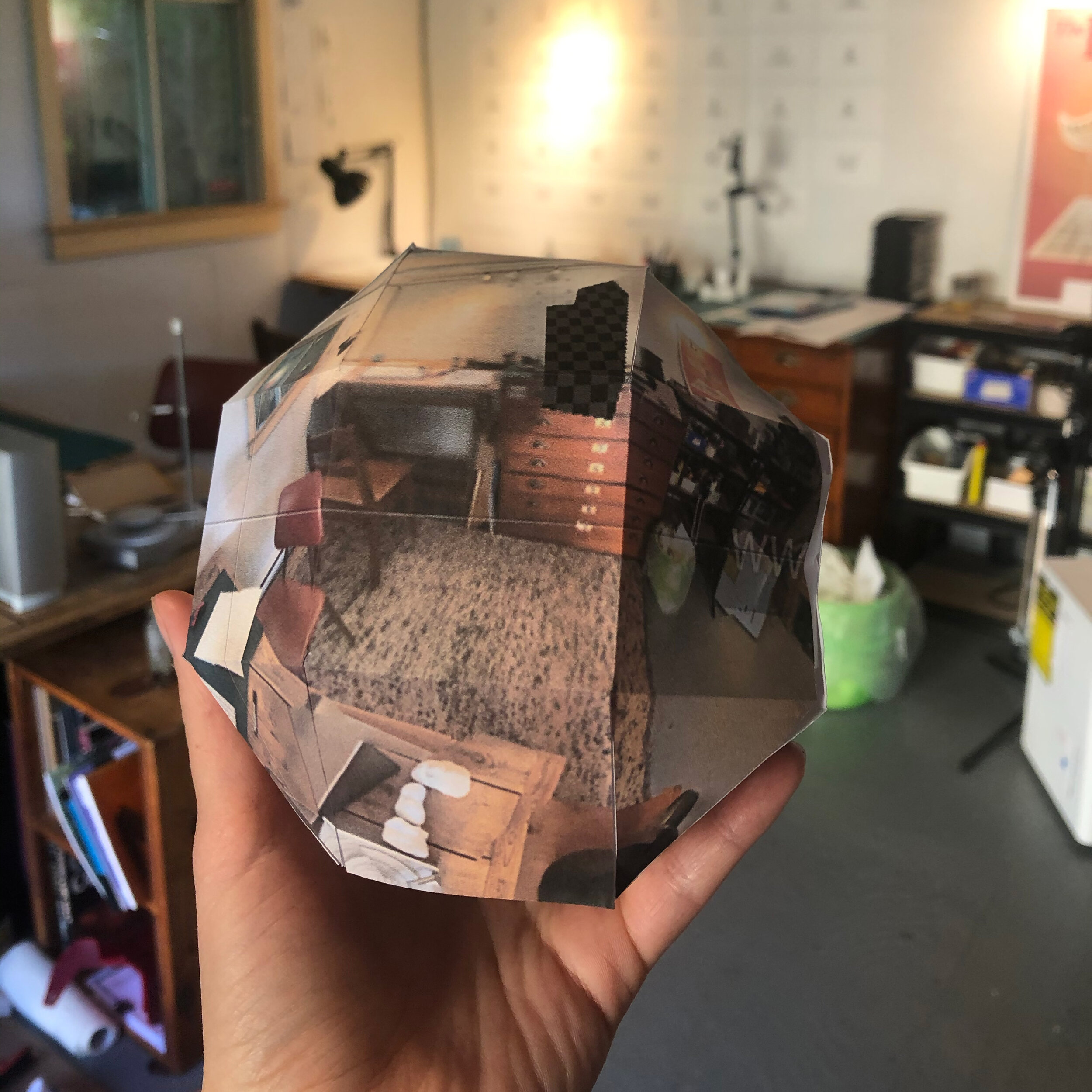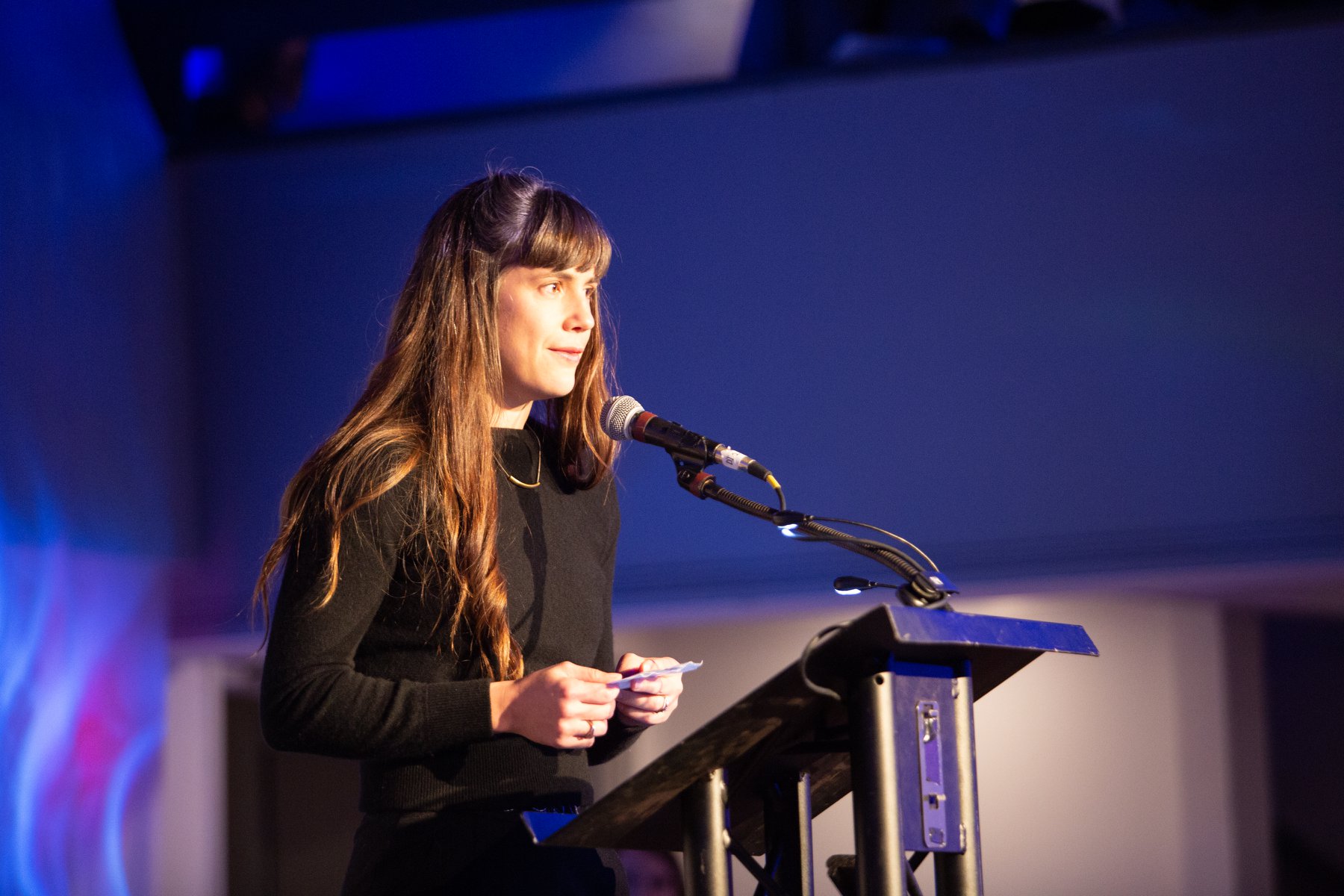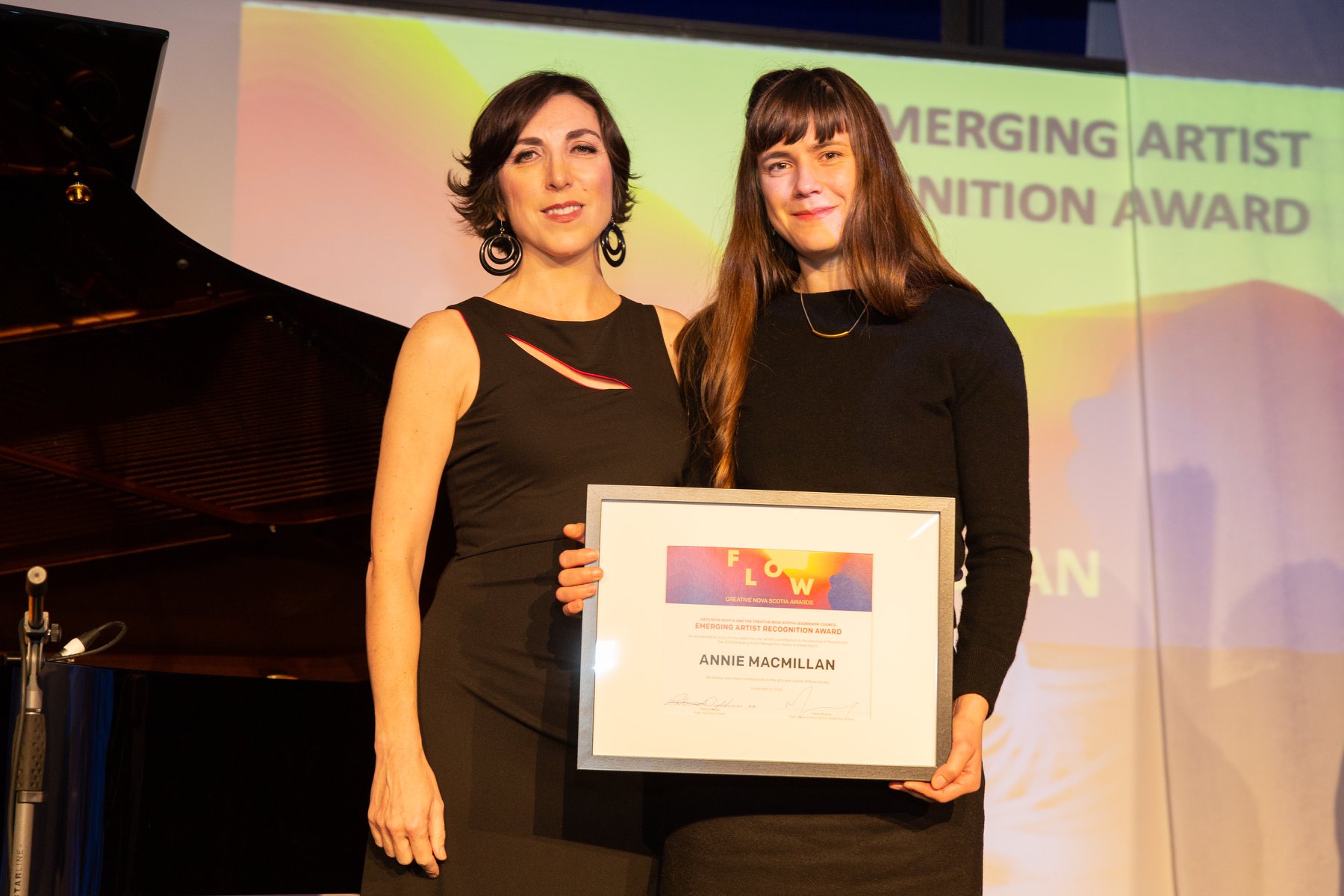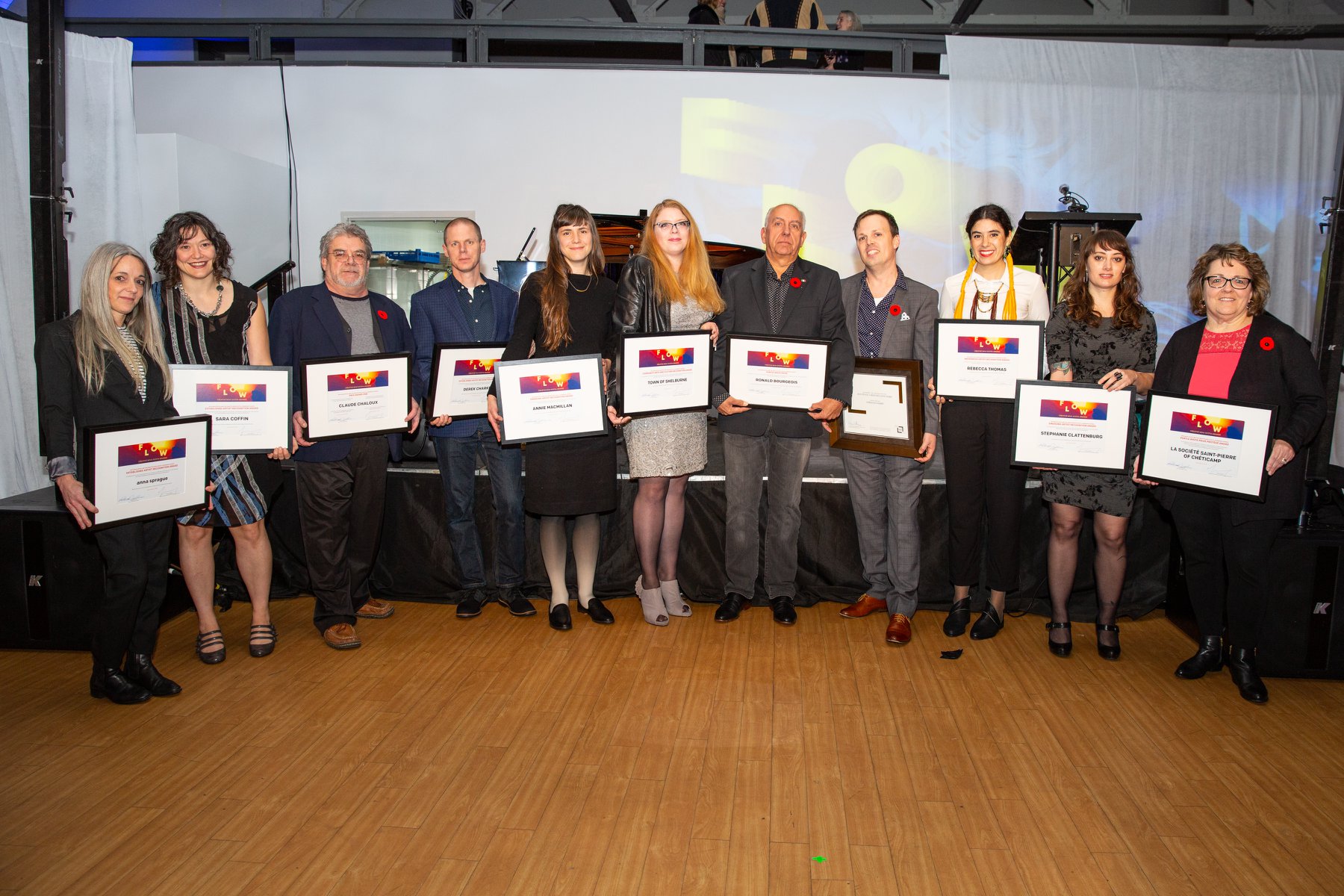A test from the studio the other day… I mapped a 360 panoramic image of my studio onto a 26 sided polyhedron. It is research for a new project.



This is a new series of drawings which form an animation. I am planning multiple in the series, this is the first. It is inspired by working with clay, of thinking of effecting something symmetrically in the round, of the presence or absence of the human body, and questions around surface, substance and hollow-ness.


There are 89 frames in this drawing series/animation. Ink on watercolour paper.
Three of my video pieces are currently being shown in the exhibition Maud Lewis and the Nova Scotia Terroir at the He Xiangning Art Museum in Shenzhen, China. This exhibition was curated by Sarah Fillmore of the Art Gallery of Nova Scotia, and includes paintings by folk artist Maud Lewis and the work of five contemporary Nova Scotian artists: Charley Young, Melanie Colosimo, Frances Dorsey, Ursula Johnson and Sarah Maloney.
This is the third installation of this show in China. It was first shown at the Guangdong Museum of Art in Guangzhou, then traveled to the Coast Gallery in Zhuhai, before arriving at the final exhibition location in Shenzhen.
It was an honour to be able to attend the installation and opening of this show! I loved meeting the gallery staff and speaking to visitors about my work during a public walk-through on the day of the opening.
I’ve been working on an animated video called Rattle Array that will be be projected for Nocturne this Oct 19th in Halifax between buildings near 1749 Argyle St. The installation will be up from 6pm to midnight!
It was an honour to be included as one of five Nova Scotian contemporary artists to exhibit my work at the Guangdong Museum of Art in Guangzhou, China. The exhibition Maud Lewis & The Nova Scotia Terroir was curated by Sarah Fillmore of the Art Gallery of Nova Scotia, and will be up from April 30th - May 23rd 2019. I am showing three of my animated composited video pieces. One video is installed as a full wall projection with audio, the others are displayed on individual wall mounted monitors.
Contemporary artists in the exhibition include: Frances Dorsey, Sarah Maloney, Melanie Colosimo, Charley Young, Ursula Johnson. Also in the exhibition is the work of Maud Lewis, an iconic Nova Scotian artist.
It was incredible to visit Guangzhou and meet all of those who worked so hard to organize this show. Thank you for making us feel so welcome on our visit.
This exhibition will travel to two other museums in China this year. More info on that soon.
I’m very grateful to be chosen as one of two recipients for the Nova Scotia 2018 Emerging Artist Recognition Award. I just want to keep making work, and this award helps give me the support and motivation to do so.



Been awhile…
Partly life got in the way, partly I am trying to work differently with less stress and more patience.
Here are some notes. Not in order. I think I re-record them here as a kind of editing and remembering process, and maybe also to show I am still moving.
Eyes blinking with the sound of sliders.
Eyes overlapping to create an aperture. Crossed eyes. Overlapping perspectives.
Are these devices for controlling thought? For connecting an inner and outer space? Where the ability to interpret has been lost. Lamenting for not being able to believe, or make meaning. Or trying to see something that doesn’t exist before it is internalized.
Our physiology. Our imagination. Our environment. Our devices.
It is not without thought, to leave the mind out of it.
Blue sky. Blue screen. Replaceable, alpha channel.
A container for the devices? Day dreaming as an occupation?
The other day I made a successful test! (there have been many unsuccessful tests, but that is normal).
Shoot the performance in stop-motion.
Blue sky. Preferably with clouds, but not required.
Shoot at least one full sequence in a session. Sequences can be shot on different days at different times, with different skies.
Five frames to HOLD, five frame to MOVE. Ease-out. Do not ease-in.
The devices melt together as one. There must be good visual alignment for this.
The focus is on the aperture - not the hands. And the viewer’s own eyes.
The hands are less in the frame than previous tests. They are discreet, out of the way - functioning, not performing.
The last aperture shape lingers and casts a shadow of an afterimage on the minds eye as the eyes suddenly shut.
The image of the sky, also used as the image of inside the eyes. Vast area, buzzing/drifting movement, just a different colour.
Difference and surprise for each of the sequences. No strict repetitions - but instead playing with expectation and allowing each of these recorded sequences (spells?) to inform how they will end, how they will edit or effect the work.
Some notes...
On choreography.
Always make contact with the device on at least one side at a time. This means sliding your hand down the edge of the side when changing actions (push/pull).
Think of the volume of your hand. Make it change dramatically between poses so that the effect has more contrast. Think of how mimes over exaggerate their poses. Make sure you have good silhouette with the hands. Keep the poses crisp.
Play with symmetry, and break it often.
Do not perform to music. It should not reflect a pre-existing rhythm. A new rhythm could be generated through editing.
The devices should be swapped out with each other often. One device is not used for very long. Switching between open and closed eyes.
On staging.
- Keep the devices fixed in space with a clamp or tripod that could be edited out after. This creates good registration between shots.
- No. I don't think the device should be fixed. It should look more natural, and show the waver of the hands that are holding it. It should be less related to a telescope and more to a star-chart. It is more spontaneous in it's use. Less cumbersome.
- It should be used while reclined on the grass, in good weather. Like the idealized image of one cloud gazing.
- There should be something on the hands to signify the operator. A colour or pattern. Nail polish or gloves. Gloves to protect the devices. Conservation or archival gloves. Mime or magician gloves. Gloves of a performer, a cheerleader, a member of a band. The wrists are bare. The artist is the performer - there is one operator.
- Blue gloves. Gloves to manipulate the sky, to perform the clouds.
On image.
Afterimage - Illusory palinopsia. Greek "again" and "seeing"
Physiological afterimage vs pathological afterimage.
The photo-chemical activity in the retina lingers, it continues after the stimulus is removed.
Microsaccades are the jerky movement of the eyes. They are measured in arcminutes.
Our eyes are constantly in movement. Even when fixated. They do this to refresh, or else the image may overstimulate our rods and cones. Our brains create a 3D map of a scene through these micro-movements. Saccades are one of the fastest movements of the human body.
Occular drift consists of random movement of the eyes while an observer is fixated.
A stabilized image is an image on the retina that does not move. Images that do not move on our retina may disappear or fade.
Our eyes must constantly move in order to see. Or else they will compensate and adapt to the lack of movement, making it vanish.
Positive vs Negative afterimages.
The image of a blue sky with a white cloud appears inverted as a negative afterimage. It becomes a yellow sky with a black cloud. Negative afterimages appear much longer than positive afterimages, and usually directly after a positive after image.
Entoptic Phenomena - Greek "within" and "visual". Visual effects within the eye itself.
- The observer cannot share a direct and specific view of this phenomenon with others.
- Floaters - Muscae Valitantes "flying flies". They are the shadows of objects suspended above the retina. Seen most prominently while looking up at a blue sky.
- Blue field entoptic phenomenon, blue sky sprites. Caused by white blood cells moving in the capillaries in front of the retina.
The Little Lakes project is too dear to me to not finish. I think some projects just take longer than others to figure out. I started it in 2013, swimming all 20 lakes over the summer. I gathered a lot of data, and experimented with finding a form for it while at graduate school at MIT. There may have been too much pressure on me during school to really know what the best form was for this project, however.
It's been five years, but this project hasn't left my thoughts. Last night something clicked in me that inspired me to return to the material. I begin writing again, recalling my memories from visiting and swimming each lake. And I had some clarity of how to pull together all of this data and personal notes.
Space and mental breathing room does wonders for my process.
I am really excited to get back into this work.
I've been trying to figure out who's hands are to be featured as the operator for this work. The piece is to be a performance for the camera, the final result being a video. I imagine it exhibited alongside the physical devices.
Who is this operator? Are they a single person? Multiple people?
Perhaps a relationship between two people.
Is their skin bare? Or do they wear gloves?
I need to decide if I want to direct a performer(s) or take on that role myself.
I've been dreaming up a new project that combines my love of paper engineering and post-production animation techniques. With funding from the Canada Council, I'll be researching this work and answering material, technical, conceptual and performance related questions in order to prepare me for production.
This is what (I think) I know. The list of what I'm sure I do not know is much longer.
1. There are three layers. The sky, the device(s), and the space behind the eyes.
2. There is an operator. We see their hands manipulate the device. They are skilled. We see a visual impression of their mind's-eye.
3. There are many devices. 50? 100? Too many to keep track of. They are all visually similar, yet different. They are modular. They are like words in a spell - their selection and order of sequence produce different results.
4. They appear to change their environment. (The sky? The clouds?). They subtract it, rotate, add to it. Like Boolean operations. The clouds drift back without consequence.
5. There is rhythm. There is repetition. There is speed mixed with long rests.



I was featured as one of 10 artists for a spotlight written by Sam Cotter in the Spring 2017 issue of Canadian Art Magazine. Check out the article here!


I have been invited to sell work at the pop-up gallery IOTA. Check back to see a new artist and their work featured regularly on their site!
My final destination on the speaking tour was Beaverbrook Art Gallery in Fredericton, New Brunswick. I had never flown on such a little plane before!
It was a great experience to see more of Canada during this speaking tour, and to learn of the various opportunities for artists to show and make work across the country. The experience of repeatedly speaking about previous work and the feedback I got from my audience has urged me to make new work. I started dreaming up a new project while on the trip, something I've continued upon my return, and will likely post about shortly.
I returned to the Banff Centre from my brief two-day visit to Saskatchewan and got to attend Open Studios and see the mostly finished work of the artists in residence.
I presented another artist talk at the Alberta College of Art and Design, and then caught a flight home to Halifax, Nova Scotia.
I was invited to visit the University of Saskatchewan, and presented my work while taking in the small but charming city of Saskatoon.
It felt amazing to be back at the Banff Centre for Arts and Creativity, seeing it this Winter was a refreshing change from the two months I had spent there last summer. I was invited to speak about my work, and served as a instructor for the artists in residence, with whom I met with for studio visits.
I began to dream up a new project since traveling, and while at the Banff Centre I spent a time reading in the library or planning in my sketchbook for the new work.
The second stop on the speaking tour was Ottawa. Here I checked out the National Gallery and met the board members of the Hnatyshyn foundation, who helped make this award possible.
I gave a talk at AXENE07, and became a member by purchasing a pair of their wool socks (the artist run centre used to be a wool factory).

I visited The Canadian Museum of Nature... spent a long time with the beetles, bones and minerals.
I also checked out the Carleton University Art Gallery, featuring a photo show of the work of David Ofori Zapparoli and Yannick Anton. Also at the gallery was a show on of Wartime Manufacturing and Women Workers.
I had brought my witch hat with me on this trip, but for some reason it mainly stayed in the hotel rooms. Next stop on the trip was Banff, Alberta!
I had a great time in Montreal as the first stop on this speaking tour!
I started off with a visit to Musée d'art contemporain de Montréal to see three exhibitions. Emanuel Licha: "Now Have a Look at This Machine", Teresa Margolles: "Mundos" and then work from the collection titled For time is the longest distance between two places: Pictures for an Exhibition.
I also checked out work at Regroupement Pied Carré, The Belgo Building, and DHC/ART Fondation pour l'art contemporain.
I also had an amazing visit to the Redpath Museum
On March 10th I had a talk at Concordia University, and checked out the FOFA gallery afterwords.
I had an amazing meeting and tour with the team at Oboro. I also got to have a meeting with Allison Collins from the Western Front in Vancouver who was visiting. The current exhibition at Oboro was Tomorrow People with work by Skawennati, a Kanien'kehá:ka (Mohawk) artist.
I spent my free time exploring with my Montreal friends who introduced me to their favorite restaurants, coffee shops, markets and bagel stores!
Now I am off to Gatineau / Ottawa in the middle of a blizzard, good thing I am taking the train!

I left Halifax early this morning for my flight to Montreal! I'll be speaking at Concordia University at 4pm March 10 (tomorrow) at the VA building on campus.